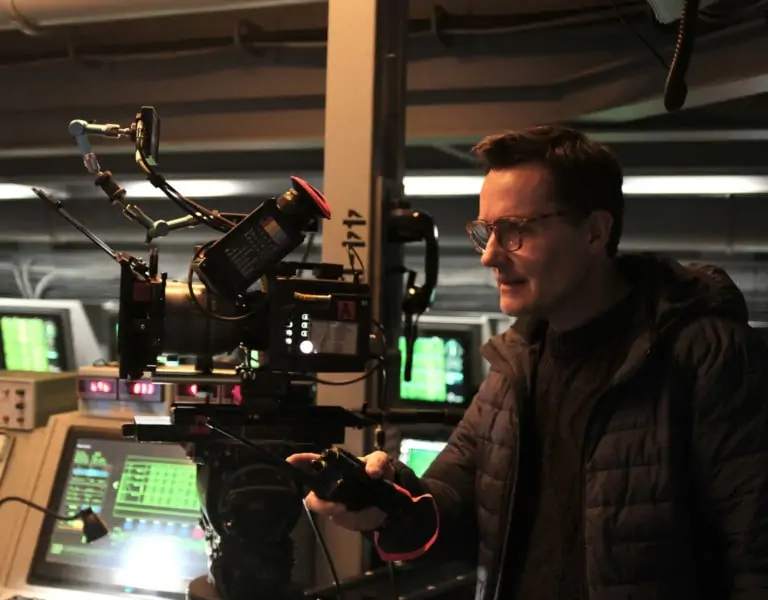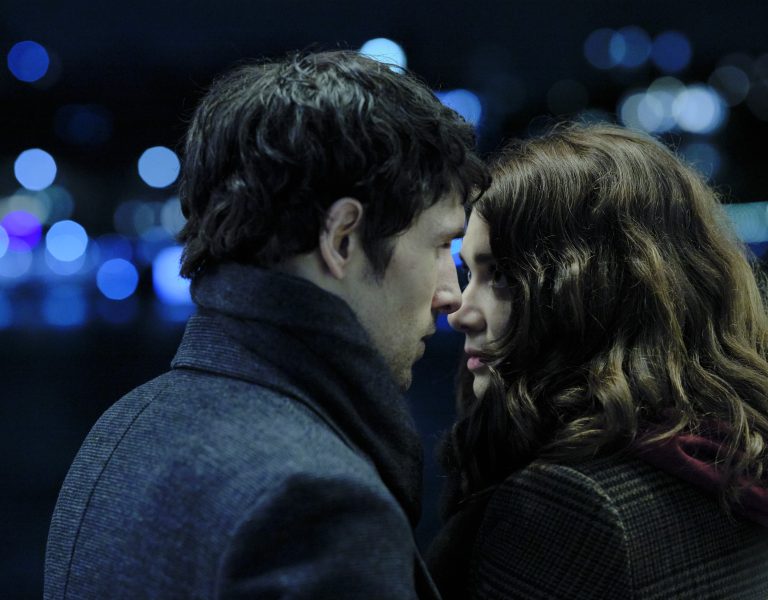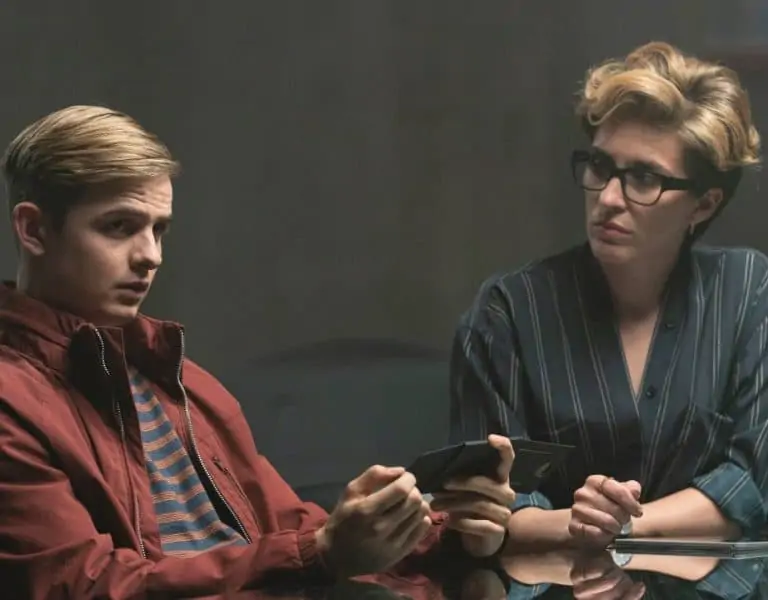Letter of the law
Wronged by a flawed IT system, a quietly heroic sub-postmaster seeks justice in a four-part ITV drama lensed by Matt Gray BSC.
The Horizon scandal, an egregious stain on the reputation of the Post Office, saw staff of sub-post offices around the UK wrongly accused of alleged theft, fraud and false accounting due to a faulty IT system. This led to more than 700 convictions, prosecutions and prison sentences in what has been called one of the largest miscarriages of justice in UK history.
The scandal is back in the headlines as the subject of a new ITV drama, focusing on one campaigner’s valiant efforts to expose the issues faced by sub-postmasters. Cinematographer Matt Gray BSC was tasked with lensing Alan Bates’ powerful story; here he reflects on this important role.
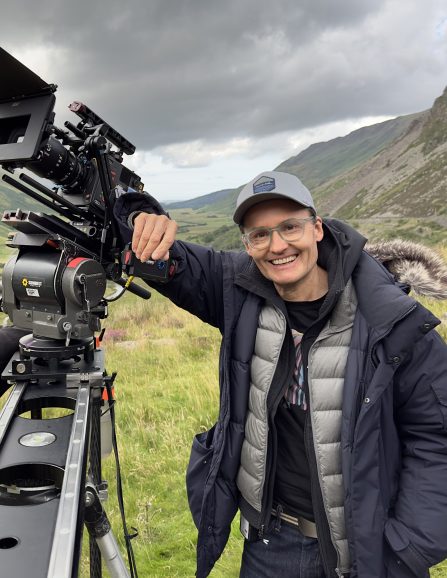
British Cinematographer: What qualities do you look for in a project?
Matt Gray BSC: In choosing projects, I look for narratives featuring compelling characters often thrust into extraordinary situations. Stories that don’t just entertain but also speak to something bigger. My preference leans towards emotionally charged stories that not only captivate but also embody values that resonate with me. Real-life narratives, exemplified by scripts like Mr Bates vs The Post Office, possess a unique ability to transcend the confines of television drama, sparking national conversations. Throughout my career, I’ve been fortunate to have been involved with projects that have explored important issues, or raised difficult themes, utilising the power of drama to initiate discussion and fuel debates.
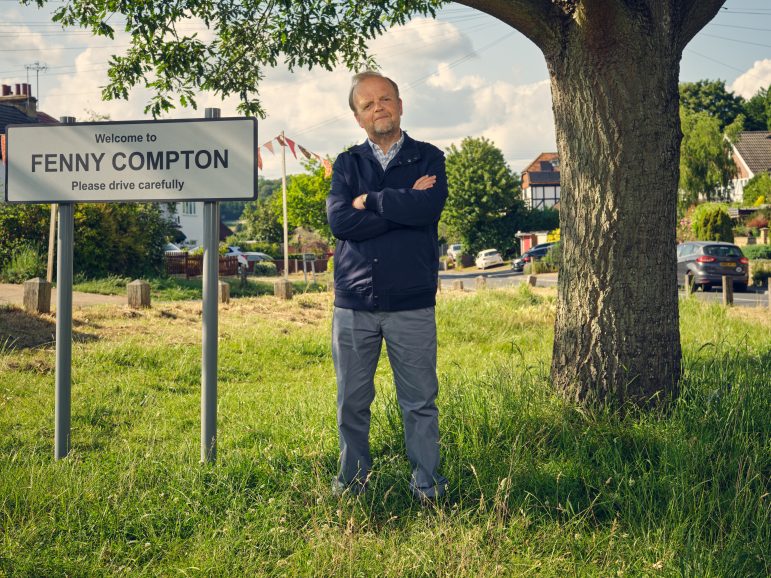
BC: What appealed to you about lensing this fascinating true story about the British Post Office scandal?
MG: After listening to Nick Wallis’ impactful podcast on BBC Radio covering the Post Office scandal, my sense of outrage was palpable. When I heard of a drama in the works about the same subject it immediately piqued my interest, and when James received the script, we started discussions on how to breathe life into the narrative. Our focus was on crafting an engaging depiction that transcended the intricacies of computer software.
BC: You’ve worked with director James Strong before; what is the secret to your successful ongoing collaboration?
MG: Collaborating with James is always a privilege. He is a highly skilled and intuitive filmmaker. He possesses a strong creative vision, marked by keen instincts and a command of storytelling. James and I share similar sensibilities, particularly in being drawn to projects with emotional narratives, and we have developed a close working relationship that allows for sensitive storytelling and revealing of emotion on screen.
One of the keys to that is ensuring the technical process doesn’t hinder the actors. I attempt to create a space where James and the artists can do their best work. That involves being sensitive to the needs of all those around me and fostering an empathetic and responsive team.
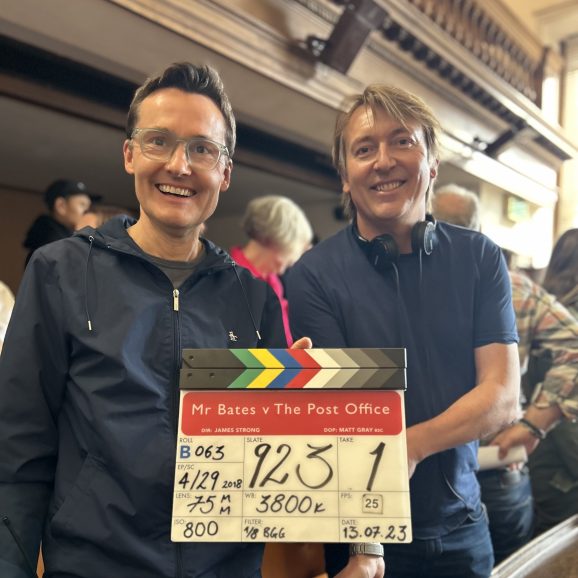
BC: What was James’ initial vision for the look of Mr Bates vs The Post Office, and what new ideas did you bring to discussions?
MG: For Mr Bates vs The Post Office, we opted for a straightforward photographic approach emphasising clarity to convey the complexity of the story. Our main aim was to be sympathetic to the story and the people whose lives we were inhabiting. It was enough for the camera to bear witness.
We were keen to underscore the sense of “how could this have happened in our country?” by drawing inspiration from Martin Parr’s photographic essays capturing English life. We set about framing our characters within their landscapes, drawing power from the juxtapositions this created when edited together. It allowed us to go from corporate London to picturesque Snowdonia. This contextual juxtaposition allowed scale and scope and much needed space.
We also referenced Steven Soderbergh’s timeless and straightforward storytelling in Erin Brockovich, this film resonating with themes of collective action against corporate power. James’ vision included the strategic use of long zooms to gradually draw viewers into the unfolding events, creating a sense of dread. While this posed technical challenges, particularly for my dedicated focus puller, Martin Payne, this thematic style proved successful.
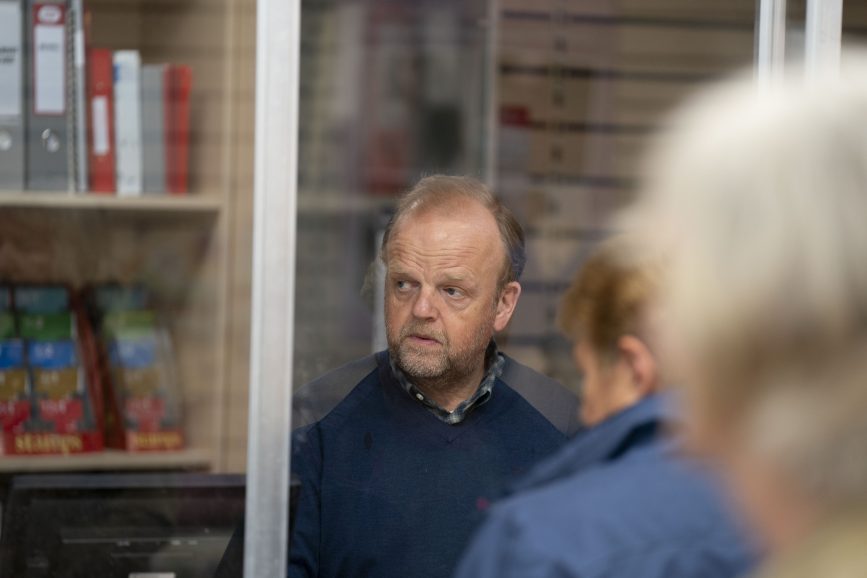
BC: Take us through prep – what did your process entail?
MG: Mr Bates vs The Post Office was a location-based drama, so we frequently dealt with expansive windows susceptible to shifting daylight. Our primary hurdle was preserving both the mood and light consistency. Given budget constraints and logistical restrictions, deploying substantial lighting rigs outside windows wasn’t always feasible. Operating within a tight schedule, we devised a versatile strategy to effectively balance and sustain the desired lighting. My preparation involved revisiting key locations with my electrical team and formulating a detailed pre-light plan to navigate these challenges. We went on to make good use of Creamsource units and other large LED fittings.
BC: How did you choose your camera package?
MG: Opting for the ARRI Alexa 35 from Sunbelt Camera Rentals, I capitalised on its increased contrast ratio, allowing me to preserve detail in windows and manage changing exterior light. I paired this with the Anamorphic Optima 45-580mm Zoom lens and a complete set of Scorpio Anamorphic Lenses, known for their compactness and close focus, we achieved flexibility in tight locations. My intention was to avoid excessive sharpness, striving instead for a softer, less contrasty image. The goal was to craft a gentle and caring style, treating all characters equally without introducing conflicting visual aesthetics.

BC: What were the biggest cinematographic challenges of the shoot and how did you overcome them?
MG: Undoubtedly, our greatest hurdles were time constraints and budget limitations. Juggling numerous characters, diverse locations, and a rich narrative posed significant challenges. Nonetheless, our streamlined storytelling approach allowed us to be light on our feet. Episode four featured expansive courtroom scenes with two cameras and shifting daylight. This demanded a meticulous approach, and everyone worked very hard to create an environment that empowered the actors to deliver exceptional performances.
BC: Can you talk us through the grade?
MG: Securing the expertise of Asa Shoul at Warner Brothers, we were fortunate to have his outstanding skills on board. I aimed for a look that conveyed sympathy and openness, recognising the gravity of the events unfolding over a 20-year period, impacting lives even in the bright sunny moments. We gave different textures to each section subtly shifting the tone to allow for a gradual emotional shift that had less colour tone. Asa adeptly managed the varied tones of mixed lighting, showcasing his exceptional skills at crafting atmosphere.
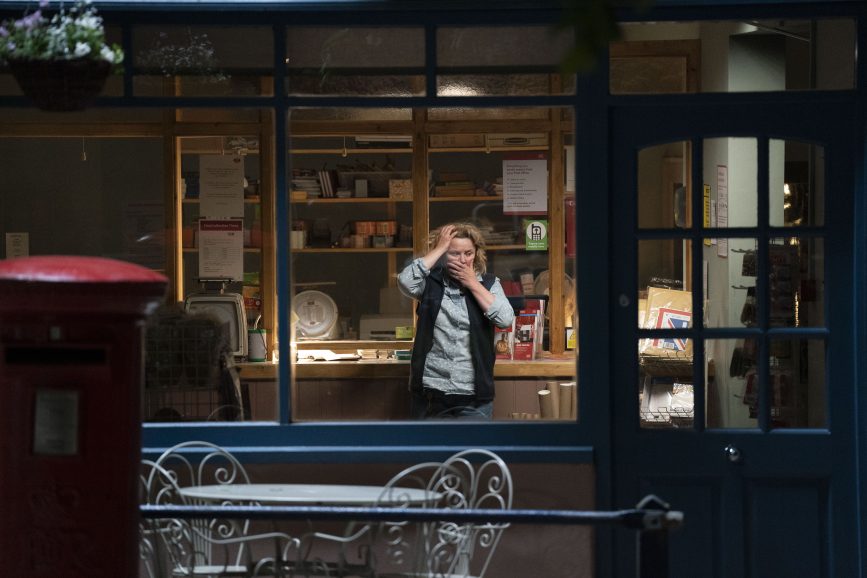
BC: What part of your work on Mr Bates vs The Post Office are you most proud of?
MG: This was a very happy shoot with a wonderful cast and an extremely talented crew. It’s a source of immense pride to contribute to sharing this heart-wrenching story with as broad an audience as possible. The resilience displayed by Alan Bates and all those who confronted adversity is truly inspiring.
The full series is now available on ITVX. Matt Gray BSC is repped by Casarotto Ramsay & Associates.

